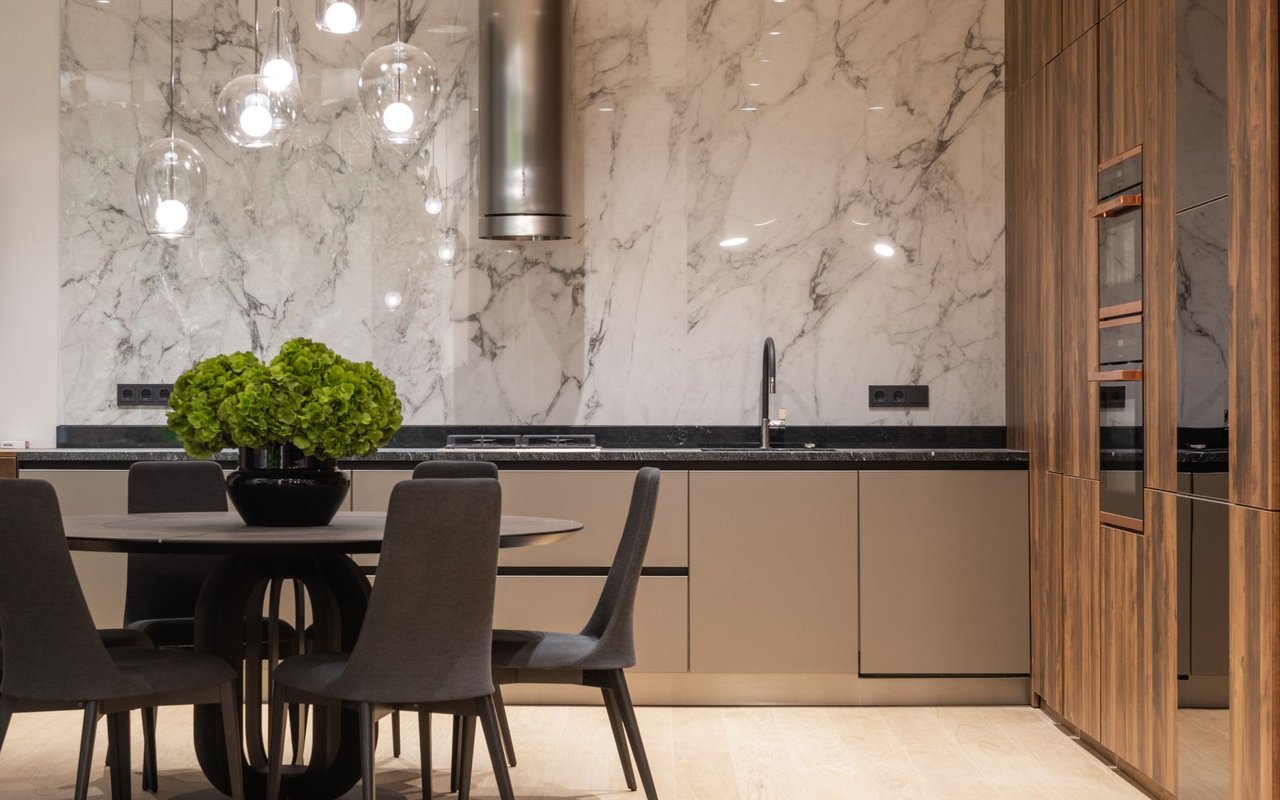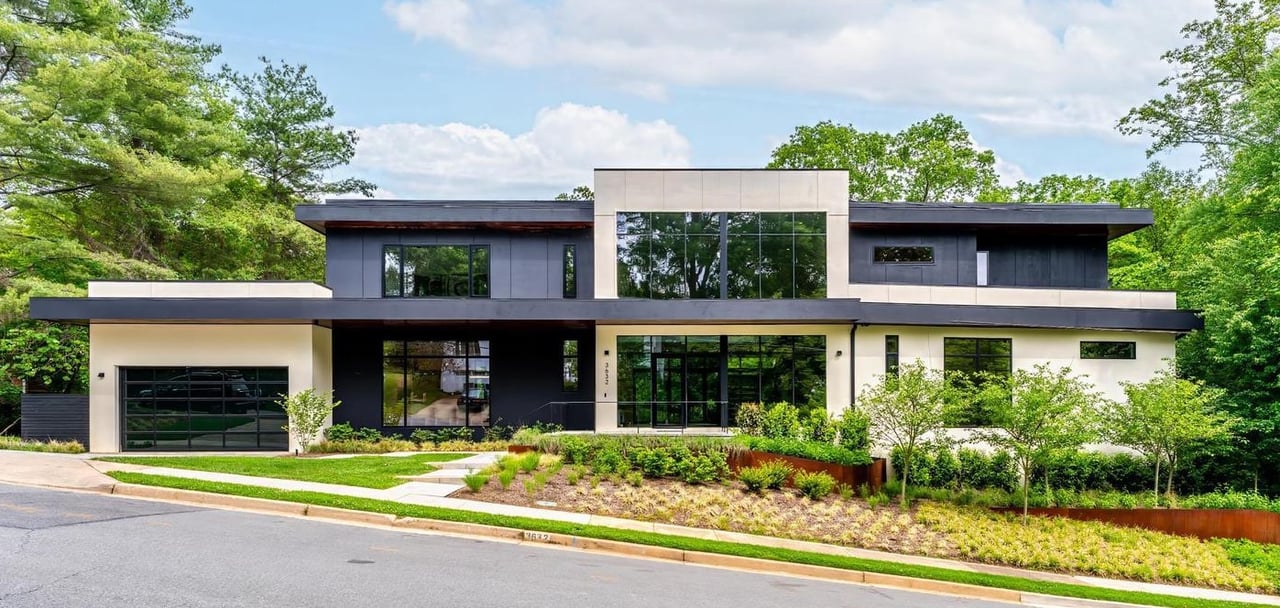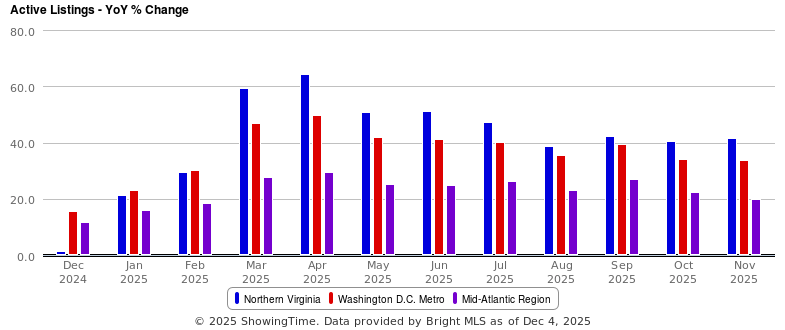Question: What recommendations do you have for somebody just beginning to consider building a home?
Answer: If you’re considering building a home and looking for a great educational opportunity, I’d like to invite you to a walk-through with the builder of a home that’s currently under construction (3196 N Pollard St). The builder, James McMullin, is a 3rd generation Arlington home builder. At the end of July, he’s offering two educational walk-throughs for small groups during the framing stage of construction to provide a peek behind the walls.
If you’re interested in attending, please email me at [email protected] (I promise you won’t get spammed with marketing!).
I sat down with James McMullin to outline the key phases of building a new home from acquisition through post-completion, along with some helpful tips at each stage.
Lot Acquisition
- You can do this yourself or through a builder. A key competitive advantage for builders is a pipeline of quality lots.
- If you acquire your own lot and find yourself in competition, it’s important to understand what type of offer terms you’re up against. Builders frequently offer existing homeowners months of free rent-back.
- If you acquire a lot, make sure you establish a relationship with a builder before making an offer so they can provide necessary feedback on the feasibility of building the home you want either before making an offer or after (Study/Feasibility Study)
- There are special loan programs available if you plan on acquiring your own lot. Troy Toureau ([email protected]) of Mclean Mortgage is an excellent resource for construction loans
- Cost: Lots in Arlington are currently selling from $500,000 for less desirable lots/locations to well over $1,000,000
Planning/Design
- Designing the floor plan and elevations (exterior design) can be fun for some, but it’s easy for people to let this process drag on for months if they’re indecisive or unprepared
- Having a great architect who understands your vision and current home design trends is critical
- Full custom vs semi-custom: A fully custom home is designed from scratch to suit your tastes and will take much longer and cost much more in design fees. A semi-custom home uses a pre-designed floor plan and elevation template and you make small adjustments to suit your taste.
- Cost: Semi-custom homes often range from zero design cost to a few thousand dollars, while fully custom homes usually cost tens of thousands in design fees.
Permitting
- In Arlington, you will submit plans for County review/approval including demolition, building (architectural), and civil (engineering) before any work can begin
- It usually takes four months for permits to be approved by the County, assuming everything is submitted correctly
- Cost: Permit fees vary based on a number of factors but will generally be $25,000 + for new construction.
Demolition/Construction
- Common pitfalls: If you are selecting fixtures and finishes, meeting timelines is often a challenge. Most people struggle to make finish decisions and the ordering process often takes longer than expected (months) with buffer needed to shipping issues or incorrect shipments. Having an experienced interior designer on-board can be helpful.
- Demolition and construction often take 4-8 months and can be delayed due to weather, material shipping/availability issues, and an assortment of other factors
- Cost: The cost of demolition and site prep, including utilities, generally costs about $100,000. Construction costs, including materials and finishes, generally ranges from $400,000-$700,000+ in this area
Completion/Post-Move
- Throughout construction the County will conduct inspections of the home, but you cannot move in until the County has issued a Certificate of Occupancy (final permit approval)
- You may also consider hiring a 3rd party inspector with home building experience to inspect the property through each stage of construction including the foundation, pre-drywall, and the finished home
- It’s common for there to be a (long) list of punch-out items for the builder to complete after the County has issued a Certificate of Occupancy (paint touch-ups, a chipped cabinet, missing light fixture, etc). Most builder contracts require you to close on the new home within a certain number of days of the Certificate of Occupancy and allow the builder access to the home after closing to complete the punch-out list.
- Minor issues, especially cosmetic ones like settlement cracks in the drywall, are common after closing and will require maintenance for the first 6-18 months. Many builders offer post-settlement touch-ups/maintenance as a courtesy.
If you’d like to discuss buying or selling strategies, don’t hesitate to reach out to me at [email protected].




